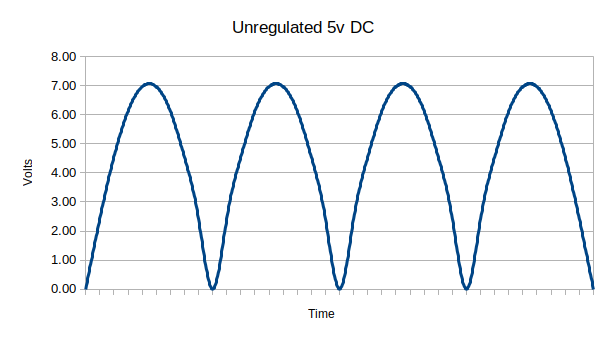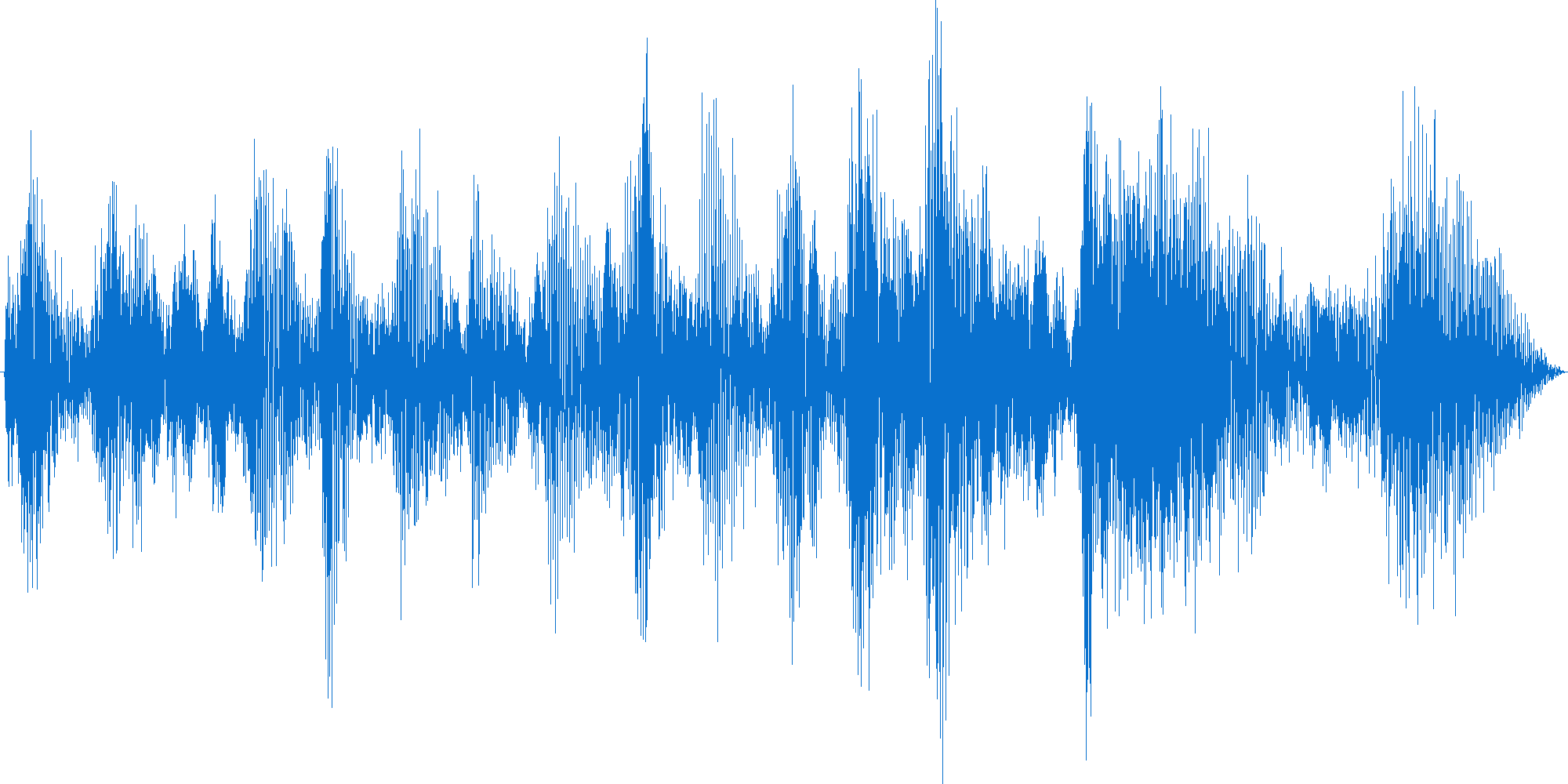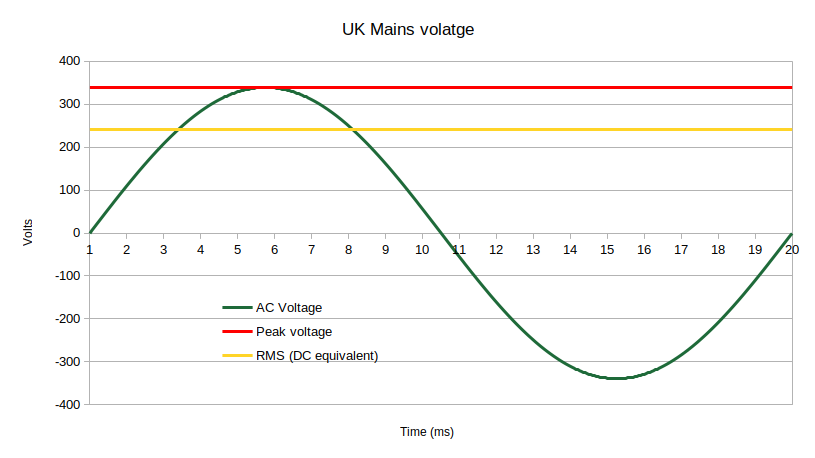Basic concepts of electricity and magnetism
BasicElectricity
An electron carries a charge of 1.602 * 10-19 Coulombs. In metals, the electrons are free, forming a 'sea' which is free to move under the influence of electrical or magnetic fields.
The flow of electrons is described in terms of current, defined in Amperes. 1 Ampere represents a flow of 1 Coulomb of charge every second (Equation 1).
Electrons are not the sole particles responsible for current flow. In solution, the movement of ions can provide for current flow and in semiconductors, notional 'holes' (positive charges) are used to help visualize the underlying processes.
With the exception of the superconductors (materials which, usualy at very low temperatures, show no resistance), most materials impede the flow of current and can be categorised accordingly (Table 1). The magnitude of any current, I (measured in Amps) is related to the electrical field (or potential difference - measured in Volts) across the material. Often, this relationship is linear, such that current ∝ voltage. This can be expressed as a linear equation, with the proportionality constant termed resistance and measure in Ohms (Ω) - Equation 2.
| Material | Resistance | Current flow |
|---|---|---|
| Insulator | Very high | Minimal |
| Semiconductor | Intermediate and non-linear | Limited |
| Conductor | Low and linear | High |
| Superconductor | Zero | Unrestricted |
V = I * R
Potential difference is the force which drives charge through a conductor. The greater this driving force, the greater the energy carried by each charge (c.f. water - the greater the pressure, the greater the energy carried per unit volume). Potential difference is measured in Volts (V). From the section on mechanics, energy is measured in Joules. 1 volt is defined as the electrical potential which imparts 1 joule of energy to 1 Coulomb of charge (Q) (Equation 3). Perhaps easier to remember, energy = charge * voltage (Equation 4).
V = J/Q
J = QV
Often it is more useful to think of the amount of energy expended per unit time, or power. Dividing both sides of equation 4 by time, gives Equation 5, BUT Q/t represents current (Equation 1), so power represents the product of current and voltage (Equation 6). Power is measured in Watts and has units of Joules per second (Js-1), as might be expected from the left side of Equation 5.
Dividing both by time (t) to give energy per second:
J/t = QV/t
Power = VI
Which one of the following is a good conductor of electricity ?
- Distilled water
- Wheels on an ICU bed
- Theatre clogs
- Saline
- Room air
AC and DC current
Batteries produce a constant, unidirectional flow of current. This is the most obvious form of direct current or DC, however, DC does NOT have to be unvarying. DC simply implies that the positive terminal will always be positive and the negative terminal, negative. By way of example, a cheap 5v power supply might produce the output below (Figure 1) which is simply the 'rectified' (i.e. output after AC has been converted into DC by a a set of diodes) output from a 240 to 5v transformer.

Unregulated DC power supply
Mains power comes from generators in which a coil rotates in a magnetic field. The potential difference varies with the rate at which the coil cuts through magnetic field lines (Figure 3), hence the voltage is sinusoidal and changes direction once per revolution. This is an example of alternating current (AC); there can be no concept of a 'positive' or 'negative' terminal as the polarity is always changing. Just as for DC, the term 'AC' does NOT imply that the waveform of the current is stable and predictable. The audio output to a loudspeaker (an AC waveform) might look like that in Figure 2.

An irregular AC waveform
Whilst it would be perfectly possible to change this alternating current into DC, AC has huge advantages in that it allows the use of transformers, but this creates a problem - how to describe the voltage/current coming from a source when it is continuously varying ?

Generator operation
A useful solution to this problem is to quote the equivalent direct current/voltage which would have the same heating effect i.e. were we to switch between 12V DC and AC supplies, there would be no difference in the output from a light bulb. For any AC supply, this can be calculated by
- Squaring the waveform (so that the negative components do not cancel out the positive)
- Calculating the arithmetic mean of the waveform
- Taking the square root of the result.
This is gives the 'Root-Mean-Square' or 'RMS' equivalent of the AC. For a regular AC waveform, the relationship between peak and RMS values is constant. In the case of a sinusoidal waveform (e.g. the mains), the constant is √ 0.5 (detailed explanation here) and so a plot of the UK mains voltage looks like that shown in Figure 4. The frequency is 50Hz, one cycle takes 1/50 of a second or 20ms. The peak voltage is around 340V and the RMS equivalent 240V. In the UK we say we have a supply of 240VAC at 50Hz.

240V AC (Mains) waveform
Resistance and impedance
Resistance is a concept used for DC circuits. When AC circuits are considered, the current is constrained not only by the collisions inside the conductor, but also by magnetic (inductive) and capacitative effects. This distinction is important because inductors and capacitors offer impedance which change with frequency. As a result, calculating impedance is more complicated than V = IR.
Series and parallel circuits
| Component | Series | Parallel |
|---|---|---|
| Battery (voltage) | Sum of component voltages | Same as individual batteries |
| Battery (capacity) | Same a each individual battery | Sum of capacities |
| Resistor | R = R1 + R2 + ... Rn | 1/R = 1/R1 + 1/R2 + ... 1/Rn |
| Capacitor | 1/C = 1/C1 + 1/C2 + ... 1/Cn | C = C1 + C2 + ... Cn |
When five 2V batteries are joined in series across a resistance of 1MΩ The current flowing in the circuit is:
- 0.2 A
- 0.01 mA
- 0.001 A
- 0.00001 A
- 0.005 mA
